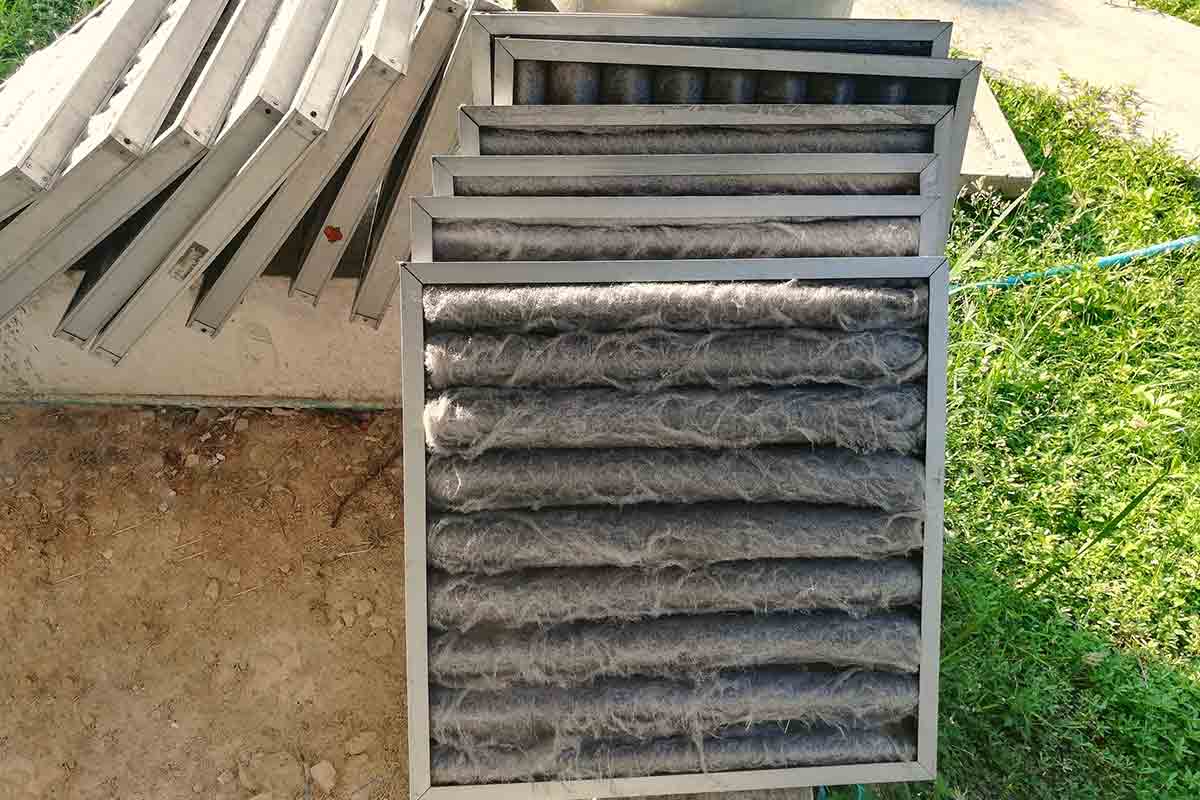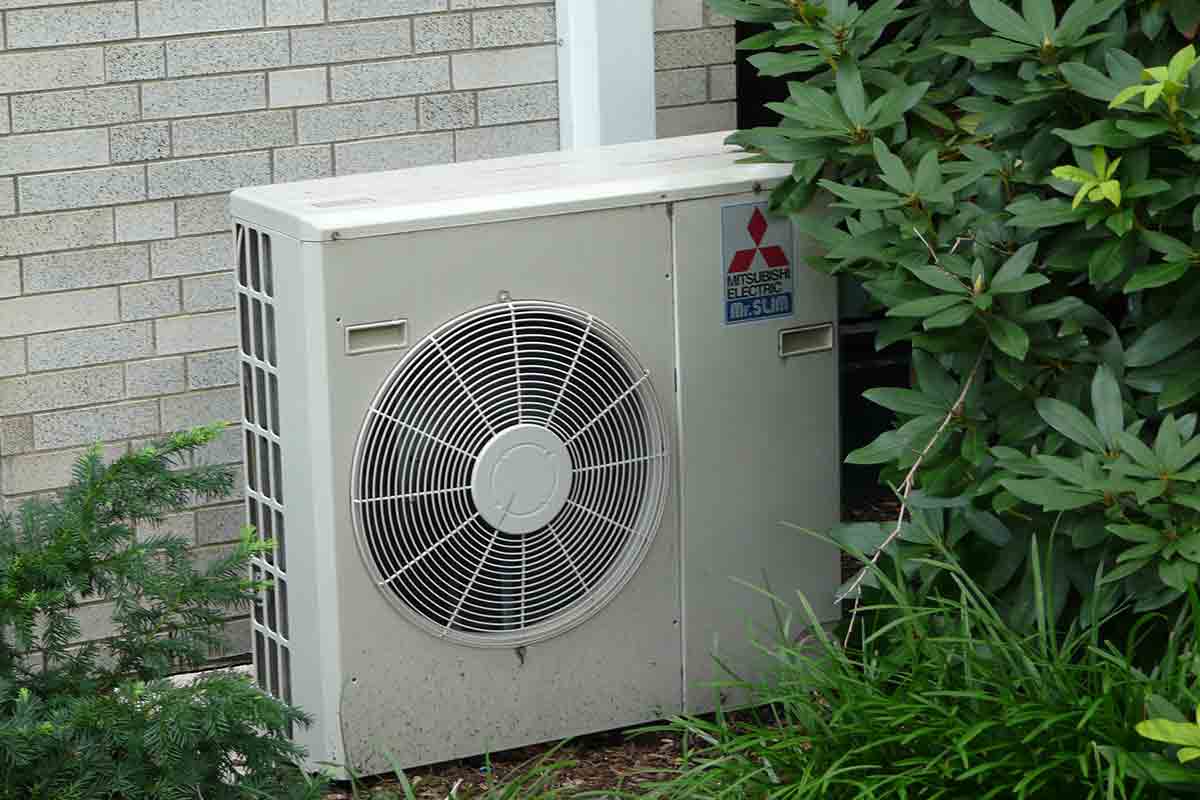Our companies are backed by the Best Pick Guarantee. Call one today!
First engineered in 1902 by Willis Carrier to solve a humidity problem causing wrinkled pages at a publishing company, air conditioning gained widespread acclaim when it became common in theaters during the 1920s. It would take another forty years until A/C units were small and affordable enough for homeowners to purchase. By 2009, eighty-seven percent of American homes had some type of air conditioning system.
Today, Americans spend billions of dollars cooling their homes each year, using nearly six percent of all electricity produced in the United States to power HVAC units. During the summer, A/C units are put to the test with hot temperatures and high humidity levels. If warmer weather has begun causing problems with your A/C, you’re not alone—the majority of air conditioning problems occur in the summer when systems are working their hardest.
If you’re experiencing A/C issues, use this guide to determine what steps to take next. From simple DIY fixes to more complex problems that require an HVAC professional, we’ll help you troubleshoot some of the most common A/C issues.
HVAC Maintenance You Can Handle Yourself
1. Inefficient thermostat settings
It almost seems too simple, but it’s possible that your A/C woes are related to your thermostat settings. Possible thermostat setting-related issues:
Daytime settings are too high. Setting higher temperatures during the day is a great way to save money and reduce energy consumption, but you might be setting the temperature too high. In the summer, don’t turn the thermostat more than five to eight degrees above your ideal home setting when you’re away. Not only is this temperature range conducive to your comfort, but it also reduces the amount of stress put on your HVAC system.
Fan is always on. Check your fan settings. Is it set to auto or on? If the fan is on auto, the fan will blow cold air when the A/C is running and will turn off when the A/C is not running. If the fan is set to on, it will run throughout the day, blowing warm and cold air. Make sure your fan is set to auto so your unit doesn’t blow warm air throughout the day.
2. Dirty air filter
 A dirty air filter can cause several issues:
A dirty air filter can cause several issues:
- Cooling inefficiency through restricted airflow
- Vents blowing warm air
- Frozen evaporator coil
Whatever issues you’re experiencing, a dirty air filter will make your unit work harder and could keep it from cooling properly. If your evaporator coil (part of the indoor unit) freezes over, it will eventually start to melt, and if the unit is on an upper floor, it could leak through the ceiling below.
How often should you change your air filter? The answer depends on whether you have pets, if someone in your home has allergies, and the quality of the air filters used. People with pets and extreme allergies should change their air filters once a month. Everyone else should change air filters every few months.
3. Blocked or closed air vents
Like thermostat settings, it’s worth checking before paying a service fee for a professional visit. Pay special attention to rooms or areas that are hotter or more humid than the rest of the house. Go through your home and check every vent. Make sure that all vents are open and unblocked.
Issues Requiring HVAC Service
4. Refrigerant problem
Whether the unit is leaking refrigerant or it’s just low, anything refrigerant-related is best left to the pros. Artificial refrigerant, like Freon, is a dangerous substance and must be handled by a licensed technician. Refrigerant issues are often caught by HVAC technicians during regular maintenance inspections, which is part of the reason regular maintenance and inspections are so important.
Refrigerant is leaking. Look out for any of these signs, as it might mean there’s a leak in your refrigerant line:
- Bubbling or hissing noise
- A/C works fine at night and in cooler temperatures but struggles to reach temperature settings on hotter days
- Ice buildup on refrigerant line or outdoor unit
Be aware that running an A/C unit with a refrigerant leak can cause damage to the unit, so don’t wait to bring in a professional to assess your system.
Refrigerant is low. When refrigerant levels are low, the air conditioning system will stay running without ever reaching the correct temperature. If you’re on a maintenance program with a qualified HVAC company, your technician will notice the low refrigerant levels before your A/C begins working too hard.
5. Air duct leak
Air ducts carry and distribute cool air throughout your home, keeping your home cool and comfortable. Over time, air ducts can become unsealed or disconnected, creating air leaks, and when air ducts are leaking, cold air doesn’t reach the air vents necessary to property cool your home.
Signs of leaking ducts:
- Energy bills are higher than average. When cold air escapes through duct leaks, it doesn’t cool your home, making your system to work overtime.
- Home feels stuffy or certain areas or difficult to cool. If duct leaks are sending your cold air outside, your overall comfort may suffer. You might also notice that certain areas are more difficult to cool than others.
- High levels of dust. There will always be dust, but if you’re experiencing an excessive amount of dust buildup, leaky ductwork might be bringing in particles.
If you’re worried about air duct leaks in your home, call a licensed technician to assess your ductwork.
6. Outdoor unit is dirty
A dirty outdoor unit can affect the performance of your entire system. A debris-covered system will struggle to remove warm air, causing overheating that can shut off the unit. Because of the electrical components involved, an experienced technician should clean your HVAC unit. Schedule regular HVAC maintenance to keep your system clean.
7. Older unit
 Air conditioning units last anywhere from 10–25 years—25 years being a rare and best-case scenario. Even with regular maintenance, air conditioning units will wear out after years of constant use. There are a lot of moving parts and pieces, and over time, components are going to degrade. Eventually, the cost of repair will outweigh the benefits of maintaining the older system.
Air conditioning units last anywhere from 10–25 years—25 years being a rare and best-case scenario. Even with regular maintenance, air conditioning units will wear out after years of constant use. There are a lot of moving parts and pieces, and over time, components are going to degrade. Eventually, the cost of repair will outweigh the benefits of maintaining the older system.
The good news is, if you have to replace an older HVAC system, you can expect efficiency improvements of up to 20 percent, all while keeping your home cooler and saving you money on energy bills.
8. Incorrectly sized unit
This item is especially pertinent to those who have done any recent remodeling or home additions. Air conditioning units are sized according to what’s called ‘load.’ Specialists take square footage, design, windows, sunlight, and insulation into account before determining the best HVAC unit size.
Remodelers should consider duct and vent placement to avoid leaving areas warm and humid. You don’t want to end up with rooms without any vents. And though it might feel like a small expansion, an addition of just one room can affect total A/C performance. Whether it’s a bedroom, office, or sunroom, you risk causing strain to your system and creating a new space that’s hot, humid, and vulnerable to mold growth.
Bottom Line
Don’t let A/C issues ruin your summer. If your A/C doesn’t seem to be cooling the way it used to, review this list of HVAC maintenance tasks you can do yourself. Once you’ve gone through the list and ruled out any problems with the thermostat, air filter, or air vents, call a qualified HVAC company to inspect your system.
Regardless of your situation, consider signing up for an HVAC system maintenance plan to avoid any unexpected issues or complications when you need your system most.


























